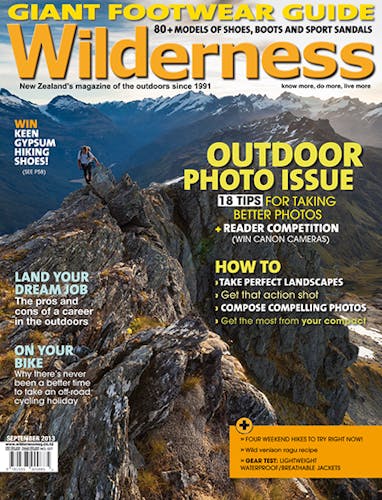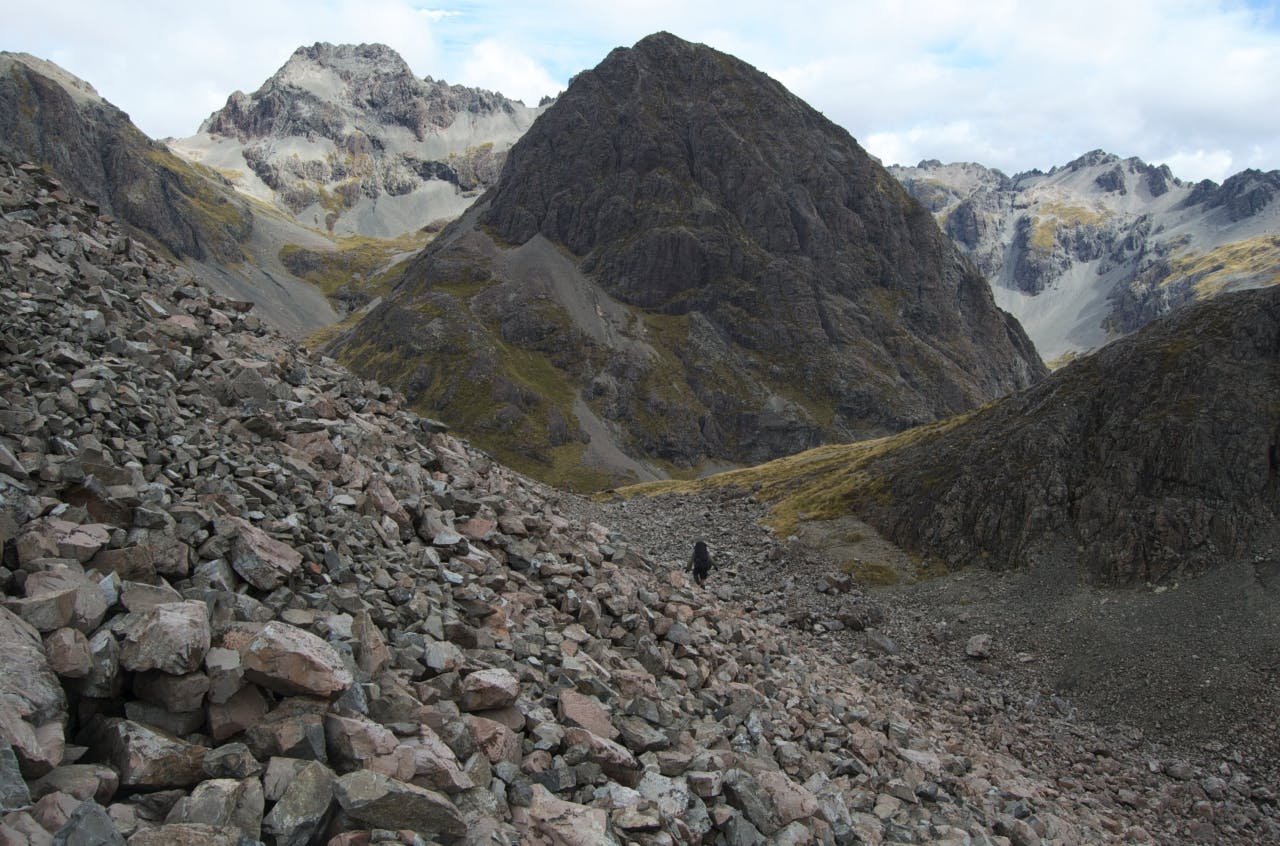Just how much more risky is going solo? By Carl Walrond
While researching my book on survival five years ago, I collated a database of all the tramping fatalities I could find. Like many databases, it has gaps as my sources were so varied. I used old newspapers and books such as Chris Maclean’s Tararua – the story of a mountain range, various websites, coroners reports, the Mountain Safety Council’s fatalities database and accident reports from the Federated Mountain Club Bulletin. Where I could, I cross-referenced incidents. I excluded deaths that were due to medical conditions or possible suicides. I also excluded hunters and climbers.
There are probably some missing cases and perhaps there are a few examples that I have wrongly classified but these are differences at the margins. I’m confident that the database contains most cases. I just updated this, in part due to the deaths of Permolat member Rex Taylor and West Coast historian Les Wright. They went missing tramping alone and both it seems came to grief after suffering falls. I had also read the Wilderness article on solo tramping (March, 2013) and it got me thinking.
A chapter in my book entitled ‘Me, myself and die’ explored the risks and rewards of tramping sans company. I have done a fair bit in my time in Kahurangi, Mt Cook, Stewart Island, Mt Aspiring, Fiordland, South Westland, Taranaki, the Tararuas and Nelson Lakes. At one time my job even required it. Being a hut warden on the Greenstone and Kepler tracks in the mid-1990s wasn’t the riskiest of occupations. The tracks were heavily used, but on some days I went off track and onto the tops up Mt Raleigh and the Jackson Peaks in the Kepler Mountains. I got used to it, kind of liked it. It added an edge to the journey, a frisson, if you like.
For me, necessity was the mother of solo tramping. From then on, if I could find no one else to go tramping with I’d just go alone. On the most remote and longest trip down the Tin Range in Stewart Island I took a mountain radio.
Looking back now, it is obvious that the book’s genesis came in my second summer as a hut warden when two soloists fell to their deaths during side trips off the Routeburn and Milford tracks. In one of the instances it was just one day after I had ascended Mt Hart off Milford’s Mckinnon Pass.
So I’m interested in the theory that solo tramping is no more risky than going in a group. To test this you would need some numbers. And these numbers are not easy to come by. The March Wilderness article gave me an estimate of solo trampers making up 10-13 per cent of tramping trips. And I think these estimates would be at the upper bounds. Certainly from my experience no more than one in 10 trampers in hut books is on their own.
My database gave me the other number. Since the 1920s I have collated around 160 deaths – 30 per cent of these are soloists. So they are clearly over represented.
The first case of a tramper dying alone I have come across is in the Tararuas in 1967, there’s one in 1968 and another in 1972 (there are many before this who perished as part of a group). From then until the present it’s a steady if somewhat erratic stream. There may even be an increasing trend although the data for this may be too short term to draw this conclusion. But in the last five years, soloists have dominated tramping deaths making up 58 per cent, or 14 out of the 24 cases.
These numbers may also suggest that solo tramping is becoming more common.
But why should solo trampers be more susceptible? Obviously there is no one else to alert authorities if the soloist gets into trouble (unless they carry a personal locator beacon and are still able to set it off). Being alone would make their death rate higher as help would most likely be longer in coming.
But I think a major contributing factor is the lack of another point of view when decision-making. The Xhosa of South Africa have a proverb that sums this up: ‘Ubuntu ungamntu ngabanye abantu’ (People are people through other people). Without others, judgement can be poor, options aren’t aired, questions not raised. For most people, self-awareness is not a strong point and self-deception is an art in which we all excel.
Of course, groups can make bad decisions too. Yet if people in a group situation were just as susceptible then there shouldn’t be an overrepresentation of soloists in the death statistics.
If you do go solo, be aware of your environment and be more aware of your self – be especially mindful at key moments of decision-making. Weigh your options and remember that backtracking is always an option.
And take a locator beacon. It is peace of mind for you and yours and in an unlikely event of a mishap (and your survival of it) it will take the S out of SAR.
– Carl Walrond is a Wellington-based writer and author of Survive! Remarkable tales from the New Zealand outdoors








